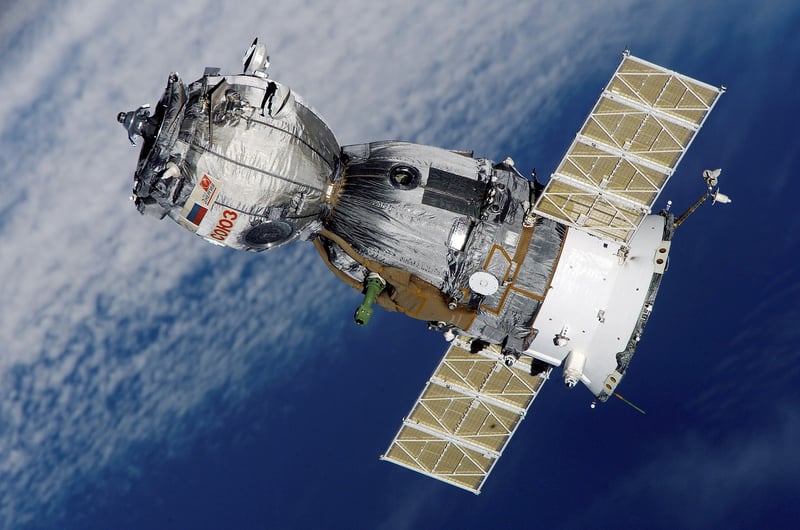Exoplanet Atmospheres
Exploring Exoplanet Atmospheres Beyond Our Solar System
As humans continue to gaze into the vast expanse of space, our curiosity extends beyond the confines of our own solar system. One of the most intriguing areas of study is the exploration of exoplanet atmospheres. These distant worlds, orbiting stars beyond our Sun, offer a glimpse into the diversity of planetary environments that exist in the cosmos.
What are Exoplanet Atmospheres?
Exoplanet atmospheres are the layers of gases surrounding planets orbiting stars outside our solar system. These atmospheres can vary widely in composition, structure, and density, leading to unique conditions that shape the exoplanet's climate and overall characteristics.
Why Study Exoplanet Atmospheres?
Studying exoplanet atmospheres provides valuable insights into the potential habitability of these distant worlds. By analyzing the gases present in an exoplanet's atmosphere, scientists can infer crucial information about the planet's surface conditions, such as temperature, pressure, and the presence of key compounds like water vapor or carbon dioxide.
Methods of Studying Exoplanet Atmospheres
Researchers use various methods to study exoplanet atmospheres, including:
- Transit Spectroscopy: By observing a planet as it passes in front of its host star, scientists can analyze the star's light as it passes through the planet's atmosphere, revealing the chemical makeup of the gases present.
- Direct Imaging: Some advanced telescopes can capture images of exoplanets directly. By analyzing the light reflected off these planets, researchers can gain insights into their atmospheric composition.
- Atmospheric Modeling: Scientists use computer models to simulate exoplanet atmospheres based on available data. These models help researchers understand how different factors influence atmospheric conditions.
Key Discoveries and Implications
Recent studies of exoplanet atmospheres have led to fascinating discoveries, such as the presence of water vapor on distant worlds and the detection of potential biosignatures. These findings not only expand our knowledge of planetary systems beyond our own but also raise exciting questions about the possibility of life existing elsewhere in the universe.
Conclusion
Exploring exoplanet atmospheres represents a frontier in our quest to understand the vast diversity of worlds that exist beyond our solar system. By studying these distant atmospheres, scientists are uncovering clues that could one day reveal the cosmic tapestry of habitable planets scattered throughout the galaxy.

For more information on exoplanets and space exploration, visit NASA's Exoplanet Exploration website.
